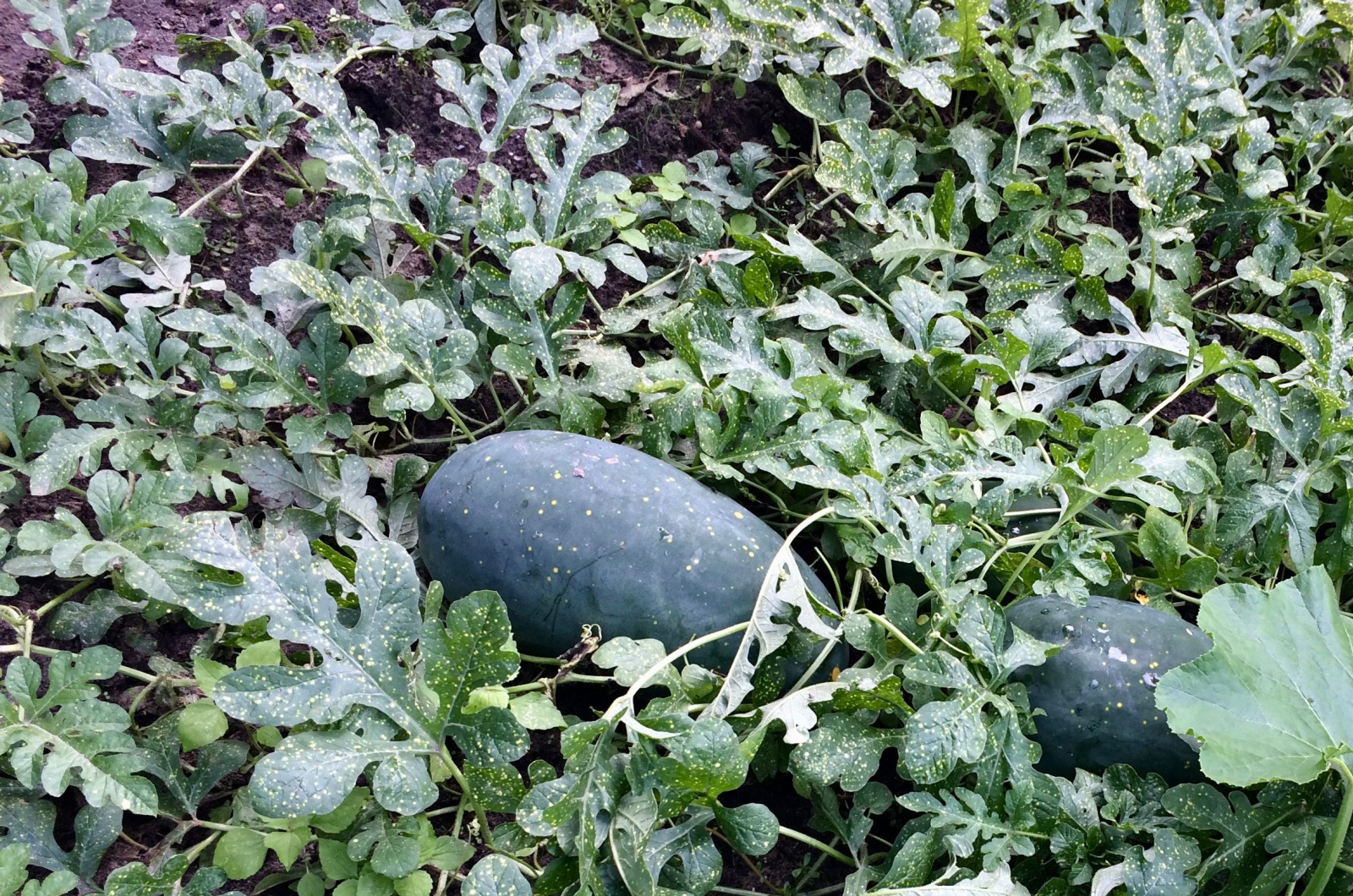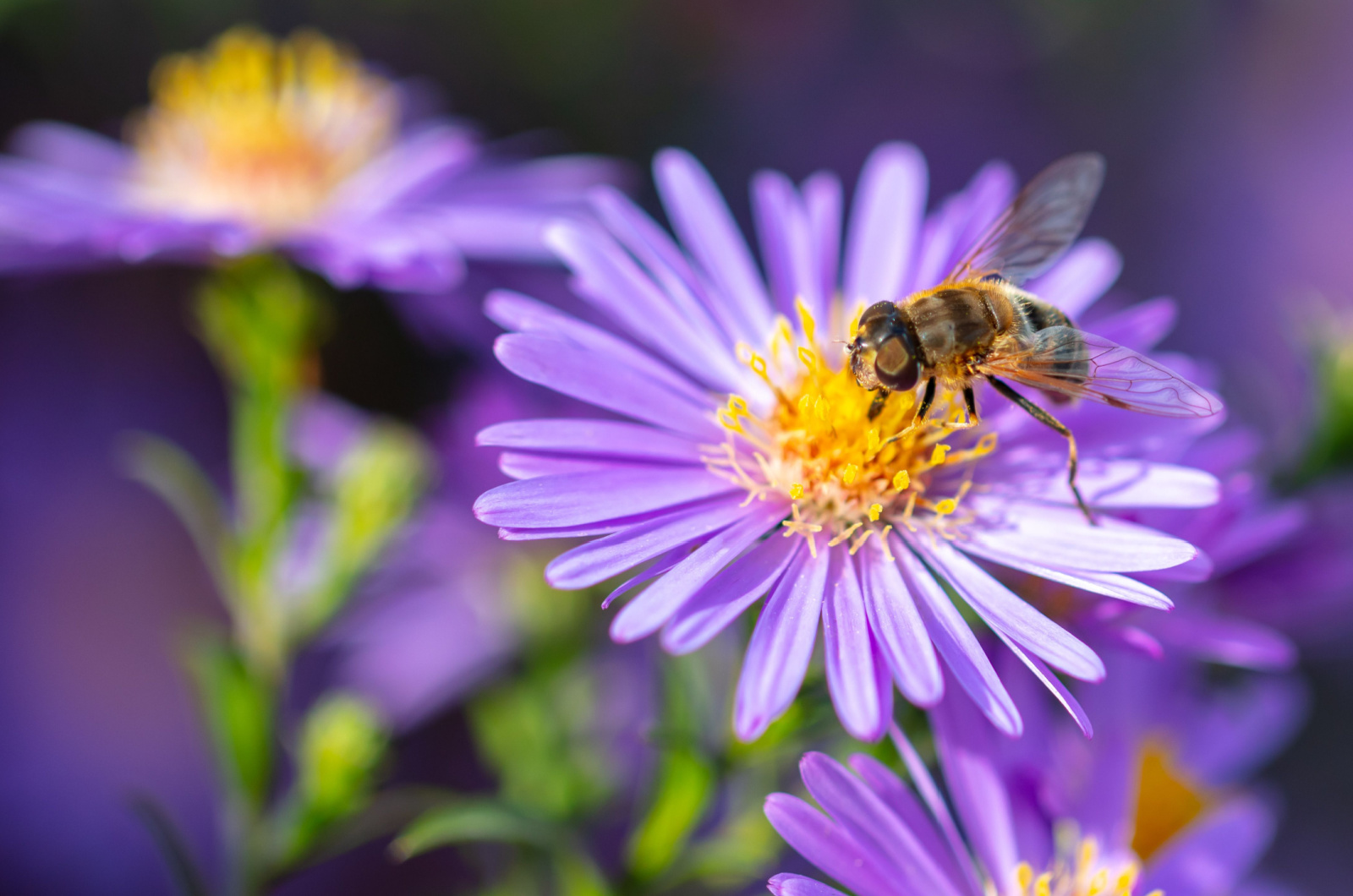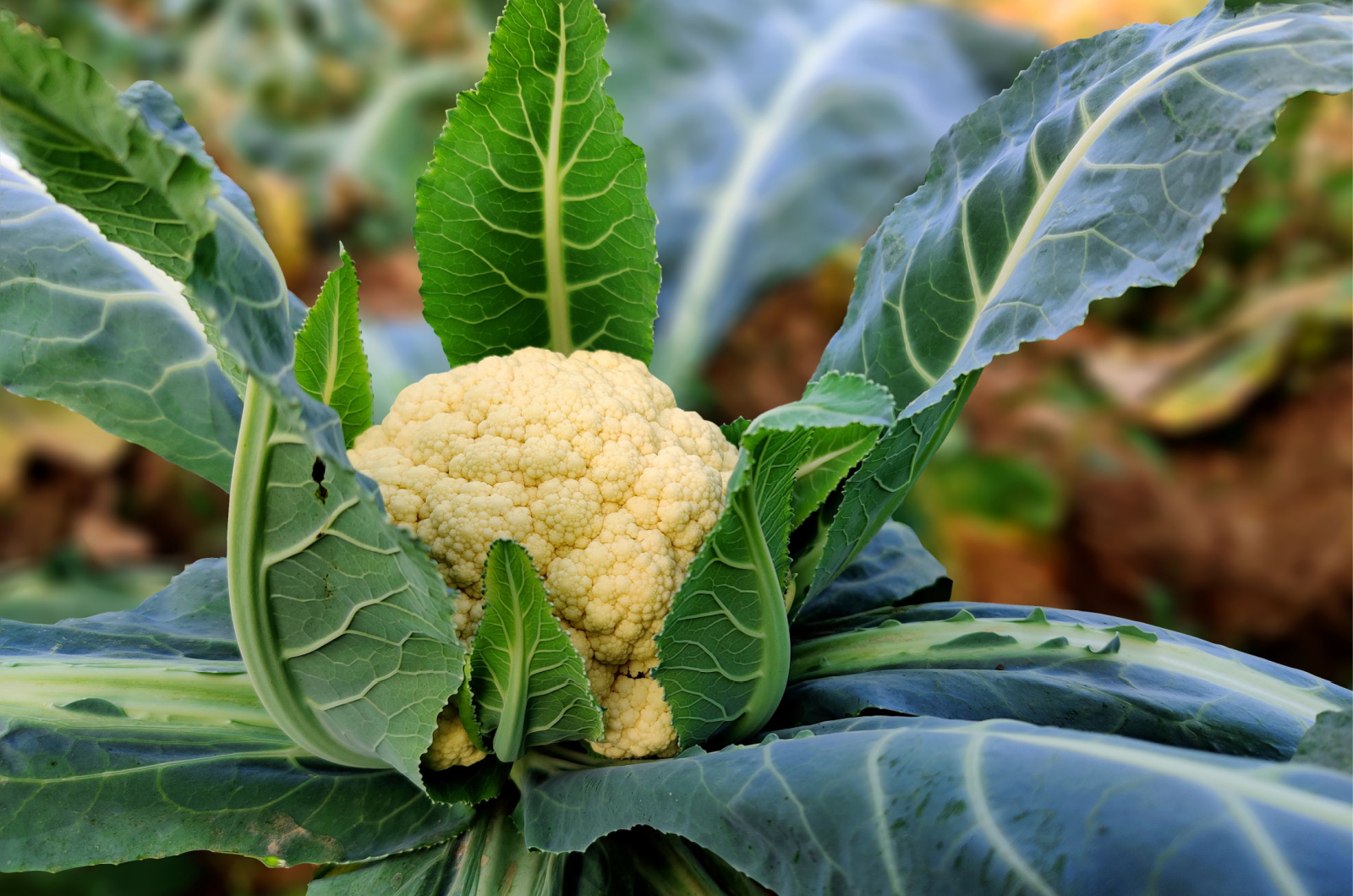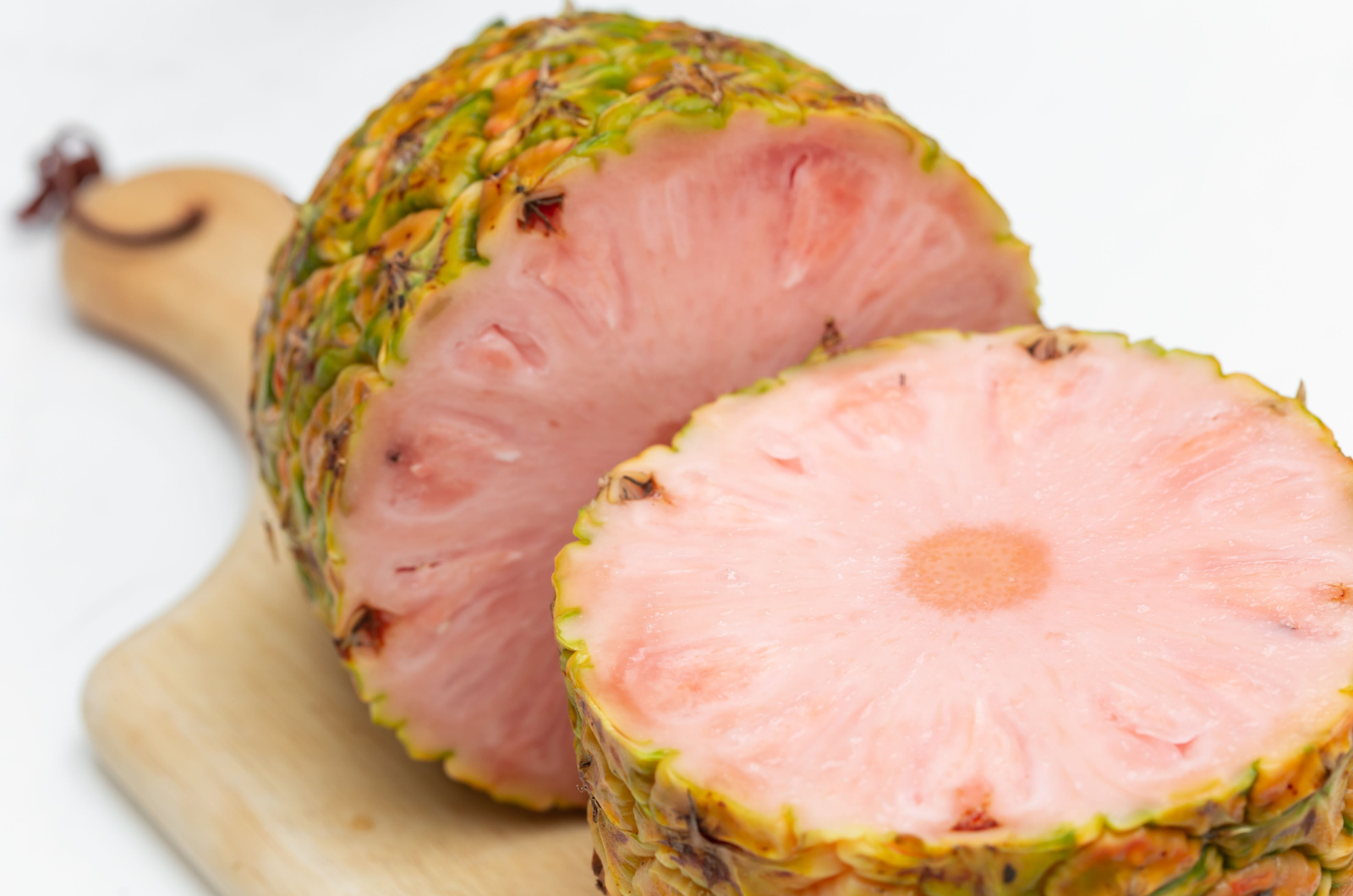When I first started growing crops from seeds, I was baffled by all the information that came on the back of the package and didn’t know much about them!
I’m sure you’ve all seen the signs saying heirloom, organic, hybrid, etc.
These are three out of the five main seed types. Each of them has their pros and cons, such as being more flavorful or resistant to diseases, and it is up to you to decide what is more important for your garden.
Here is some information about these five seed types and some tips to help you choose the right one for your garden.
1. Heirloom
Heirloom seeds are those passed down year after year, from one generation to the next. But, experts don’t agree on how old a seed has to be to be considered an heirloom.
Some say that seeds dating from before 1951 (before hybrid seeds appeared) are heirlooms. However, there are seeds 100-150 years old, those dating from the pre-Columbian era, and some old European varieties that are 400 years old or more. (1)
All these heirloom seeds are open-pollinated (produced by the natural pollination of the parent plant), fertile, and suitable for saving.
They will produce similar plants to their parents and are typically, but not always, associated with a region where they thrived:
• ‘Black Krim’ tomatoes: It was traditionally grown on the Crimean peninsula located in the Black Sea. This tomato cultivar is characterized by dark green or even black shoulders when exposed to enough sun and heat. It has a rich and tangy taste.
• ‘Cherokee Trail of Tears’ beans: This bean variety was carried by Cherokee Indians along the Trail of Tears, hence the name. The pod is streaked with purple lines while the beans inside are black with a rich and full traditional bean flavor.
• ‘Russian Banana’ potatoes: This fingerling variety has yellow flesh and a waxy texture, making it perfect for potato salad. It varies between the size of a finger and a banana, while the flavor is rich and reminiscent of chestnuts.
• ‘Moon and Stars’ watermelon: This watermelon cultivar is an Amish heirloom. The dark green rind is covered with yellow spots and the vines have spotted foliage. The red juicy flesh is extremely sweet.
• ‘Black Velvet’ nasturtiums: These 10-12 inch tall nasturtiums could be quite a statement in your flower garden with their velvety, black blossoms.
2. Organic
Organic seeds are those harvested from plants that haven’t been treated with non-organic insecticides.
Their certification and accreditation comes from the National Organic Program (NOP), a branch of the United States Department of Agriculture (USDA).
Growers that want their flowers and vegetables to be certified organic, and sell them as such, have to use organic seeds and are strictly forbidden to use GMO ones.
3. Open-Pollinated
We get open-pollinated seeds when natural pollinators such as birds, insects, wind, or even humans transfer pollen onto female flowers.
They are one of the best options for seed-saving because they have trusted traits that pass from the parent plant onto their offspring with almost 100% certainty.
Open-pollinated heirloom seeds produce plants that are very similar to one another but aren’t exactly the same, as is the case with hybrids. They offer more diversity in the gene pool, allowing plants to adjust to the changing environment over time.
Finally, it is important to note that all heirloom varieties are open-pollinated, but not all open-pollinated seeds are heirlooms. Some can be hybrids, too.
Note: Open-pollinated seeds are also known as true to type or true to seed.
4. Hybrid
Most of the seeds available to us these days are hybrids. But that’s not the same as GMO.
Hybrid seeds can occur naturally. For instance, cauliflower is a man-made hybrid of wild cabbage, but not GMO. Kale, broccoli, cabbage, Brussels sprouts, and other plants form the cabbage family are all hybrids, too.
We have commercially hybridized seeds (frequently labeled as F1) that are created by man to produce larger flowers, grow faster, etc.
This isn’t the same as genetically modifying vegetables because hybrids are made by open-pollination of two types of plants. They are made with cross-pollination (not by changing their DNA) and can produce seeds with desired characteristics, such as faster growth, disease-resistance, etc.
When you grow vegetables from hybrid seeds, you frequently get a high yield and have less trouble with diseases. However, the seeds that these vegetables produce aren’t suitable for saving because they are frequently non-fertile.
And even if some do produce vegetables when you plant them, the plants wouldn’t be true to type. That means you won’t get plants similar to the parent plant; they might grow slower, grow less energetically, and overall be more genetically different.
Some hybrid seeds to consider include:
• ‘Prizm’ kale: This kale is dense and has short, ruffled, and dark green foliage with almost no stems.
• ‘Riverside’ spinach: This cultivar is perfect for hotter climates because it is resistant to bolting caused by heat, isn’t susceptible to mildew, and has tiny, deep green leaves.
• ‘Silver Queen’ corn: If you want high yielding, flavorful corn that can adapt to a wide range of climates, then the ‘Silver Queen’ is the way to go.
• ‘Carmine Velour’ petunia wave: Hybrid petunias such as this one produce almost never-fading blossoms that seem to never go away.
•‘Oktoberfest’ calendula: If you want to grow calendula in your garden, you might want to start with a cultivar that provides a continuity of deep orange blossoms from summer into fall.
5. GMO
Genetically modified seeds are created by making changes to the DNA of plants to create certain desirable traits, such as pest or disease resistance.
However, you don’t have to worry about accidentally buying these in stores because they are not available for small-scale gardening.
Some common GMO crops grown in the US include corn, soybean, cotton, papaya, potato, summer squash, canola, sugar beet, alfalfa, apple, and pink pineapple. (2)
How To Choose A Seed Type For Your Garden
Gardeners and their gardens come in many varieties, so it’s only natural that some seed types are more desirable than others.
For instance, if you want flavorful vegetables and don’t mind dealing with diseases every now and then, or your plants have always been healthy, you should go for heirloom seeds.
But if you want a huge yield with no risk of diseases, and are willing to sacrifice a little bit of taste, then choose hybrid seeds.
Open-pollinated heirlooms will allow you to save seeds year after year, while you can make any subsequent seed organic by not using artificial pesticides and fertilizers.
References:
1. Delahaut, K. (n.d.). Heirloom Vegetables. UW-Madison, Wisconsin Horticulture Division of Extension.
2. GMO Crops, Animal Food, and Beyond (2022). U.S. Food & Drug Administration.






